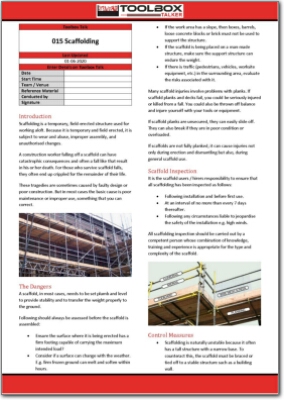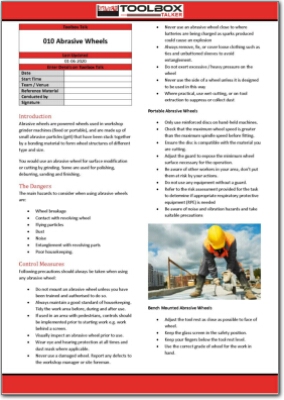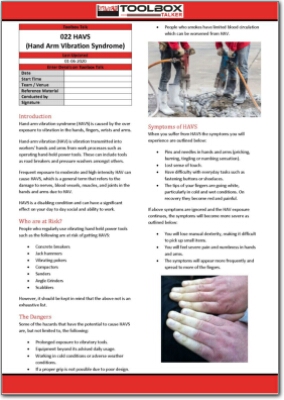Description
Asbestos is the single greatest cause of work-related deaths in the UK. Asbestos-related diseases currently kill around 4500 people a year in Great Britain (www.hse.gov.uk/statistics).
Asbestos was extensively used as a building material in the UK from the 1950s through to the mid-1980s. It was used for a variety of purposes and was ideal for fireproofing and insulation. The use of all asbestos containing materials was not banned until 1999. This means any building (houses, factories, offices, schools, hospitals etc) built or refurbished before the year 2000 could contain asbestos.
Asbestos materials in good condition are safe unless asbestos fibres become airborne, which happens when materials are damaged.
Asbestos breaks into tiny, long, sharp fibres. They can get lodged and scar the lungs, causing asbestosis or fibrosis. There are three main diseases caused by asbestos: mesothelioma (which is always fatal), lung cancer (almost always fatal) and asbestosis (not always fatal, but it can be very debilitating).
The Control of Asbestos Regulations 2012 came into force on 6 April 2012 and employers are obligated to follow the requirements outlined in the regulation when working with asbestos. Our asbestos toolbox talk help employers keep their employees safe and stay compliant with the law.
Asbestos awareness training is required for those who are liable to disturb asbestos whilst carrying out their normal everyday work, or who may influence how work is carried out. This includes, but is not limited to the following:
- General maintenance staff
- Electricians
- Plumbers
- Gas fitters
- Painters and decorators
- Joiners
- Plasterers
- Demolition workers
- Construction workers
- Roofers
- Heating and ventilation engineers
- Telecommunications engineers
- Fire and burglar alarm installers
- Computer installers
- Architects, building surveyors and other such professionals
- Shop fitters
- Etc.
Definition of Asbestos
Asbestos can be defined as the following:
- A highly heat-resistant fibrous silicate mineral (such as chrysotile) that readily separate into long flexible fibres, that cause asbestosis and have been implicated as causes of certain cancers, and that have been used especially formerly as fireproof insulating materials.
Items Covered in Asbestos Toolbox Talk
Our asbestos toolbox talk is split up in following sections:
- Introduction: Provides an overview of what asbestos is and what it is used for.
- The Dangers: This section covers the health & safety risks when working with asbestos.
- Where Asbestos is Found: This section outlines where asbestos typically is found and how it can be identified.
- Control Measures: Outline controls that can be used to eliminate and/or reduce health issues related to working with asbestos.
- The Law: List regulations that employers are obligated to comply with when working with asbestos.
- Toolbox Talk Questions: Includes a few questions to assess attendees understanding of the asbestos toolbox talk.
Each of our toolbox talks include an additional page where relevant dangers on site can be identified and discussed, together with an attendance list where participants can be recorded and sign.
Purchase our Asbestos Toolbox Talk to keep your employees safe, or take advantage of our toolbox talk packages which contains a range of our toolbox talks at a reduced cost.





